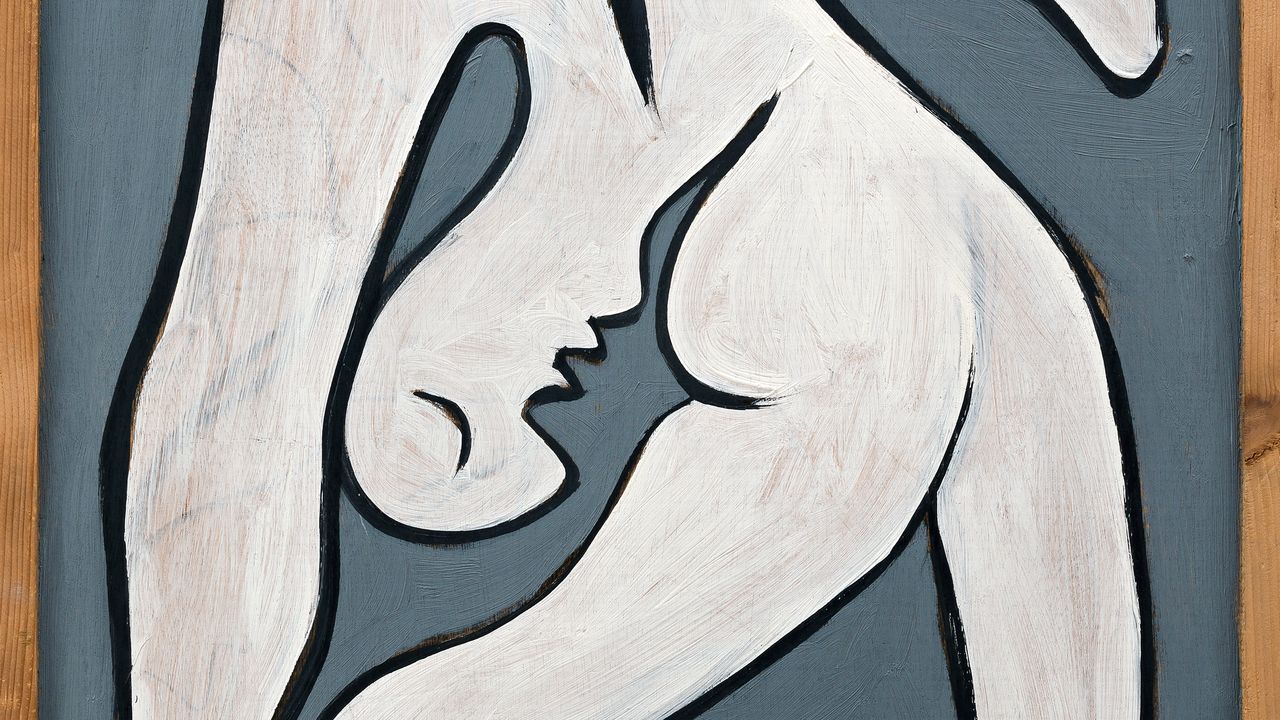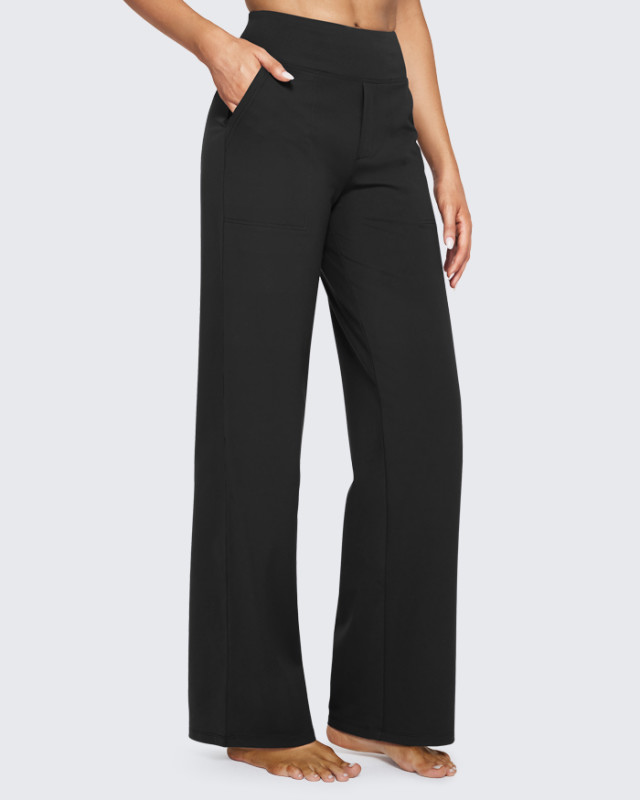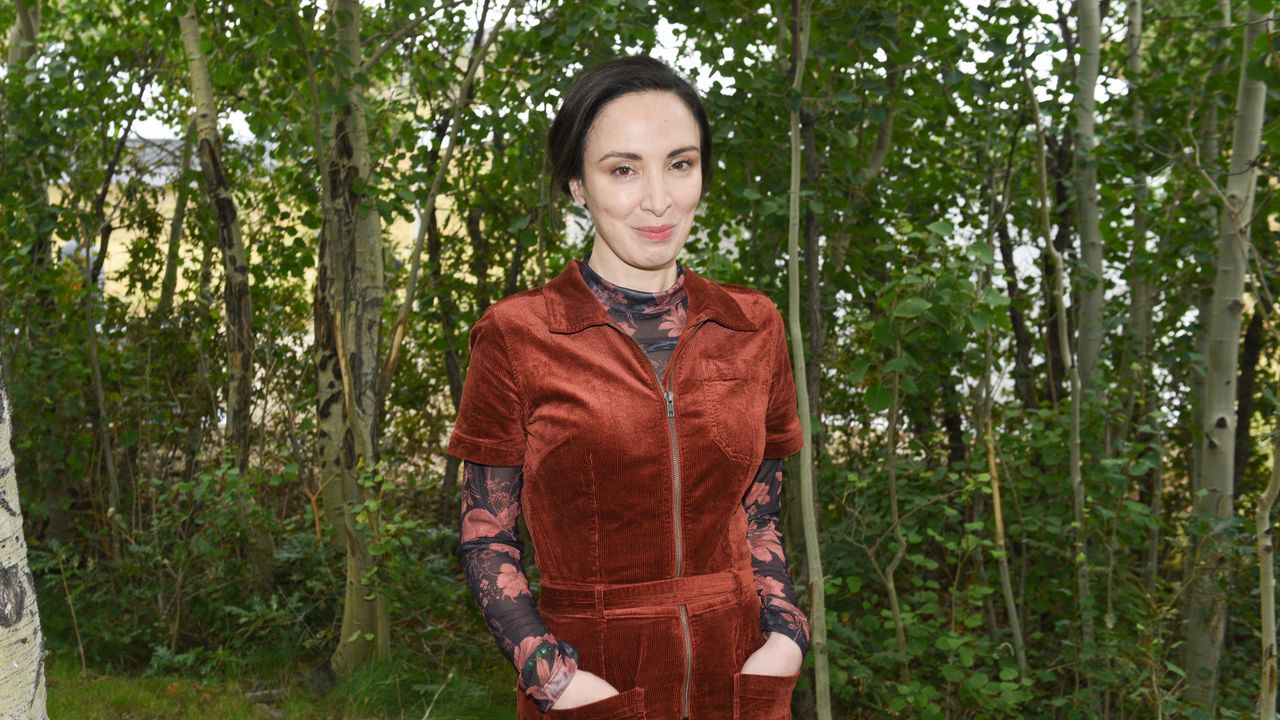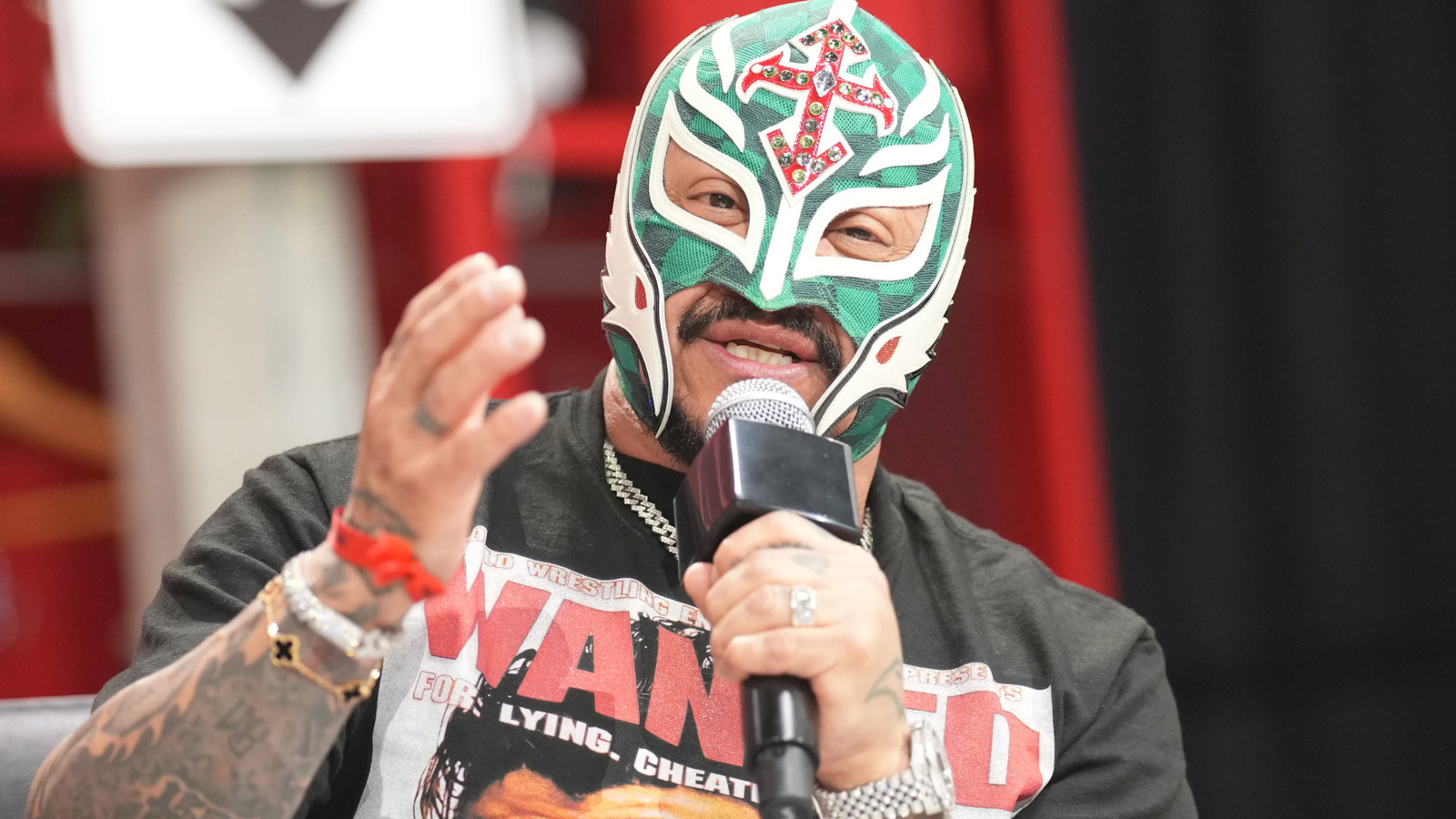
On a rainy Saturday last summer, I can be found paddling out, popping up, and generally hanging ten—goofily, shakily, semi-triumphantly—in a skylit East Village walk-up. It is as awkward a fitness challenge as any I could imagine—“Everything just feels unnatural when you start surfing,” says the beneficent Aaron Thouvenin, cofounder of Surfset NYC—and one that involves a mad combination of focused gaze, core strength, explosive leg work, and yogic breath work. The persistent wobble is wildly and weirdly terrifying. But what is there to be frightened of when one is straddling a piece of wood strapped by bungee cords to three Bosu balls? The ocean is miles away.
What scares me is falling. I will probably never wallow in open water for hours, watching for the moment when I can glide miraculously from my belly to something like a push-up to a stable foothold on the slender fiberglass of a surfboard. But what I desire is to be as confident standing on my left foot as my right, to no longer fear the balancing postures in a yoga class, to be able to ride the subway without clinging to a pole.
And I am not alone. Balance is the new obsession in health and fitness, taking its place beside strength and flexibility as a benchmark of wellness. The medical research that undergirds this fixation mostly addresses either the treatment of ADHD and dyslexia (there’s a theory, with some evidence behind it, that poor focus is related to poor balance, and that working on the latter can improve the former) or the deeply unsexy business of aging. Large-scale studies have found that middle-aged to elderly folks who could not stand on one foot for 10 seconds or more were at greater peril of falling, suffering cognitive decline, and, in one result published in 2022, were 84 percent more likely to die within seven years—yes, die—than their more sure-footed peers. Such straightforwardly cautionary findings went viral, and now it is common for people to stand on one leg while brushing their teeth or washing dishes, a new nation of flamingos trying to stave off fragility and senility (extra points if one does a puzzle or learns a new language while balancing and flossing; that’s the super sauce). Have you caught YouTube videos of ballerinas en pointe on semispherical rubber balls? Or followed advocates of proprioception (that is, the ability to track and move your body without visual cues) training with blindfolds? Have you spotted any slackline tricksters in the park, wobbling on something that resembles a seat belt strap tied between trees? There’s an online armchair fascination with watching people stay erect when the ground beneath them begs to differ.
Some might see this obsession as the result of larger sociocultural shifts, the notion that it is hard to stay upright when the morning news is whiplash-inducing. I take umbrage at that: I can fear the fall of democracy and falling over and know that these two sources of dread are unrelated. And unequal. Of this I am sure. But one trainer I seek out on a trip to Los Angeles—a sunny Canadian named Olivia Spralja who teaches mat Pilates, yoga, and HIIT classes in heated rooms in West Hollywood—sees the pandemic as pivotal to a changed fitness landscape: “Teaching through these not-so-average times has been a truly wild ride because people are looking to you for relief in entirely new ways,” she says. “It takes more when the world feels upside down and what is required is something entirely new. That. Is. Tricky!” Spralja takes on my unique wonkiness (my left hip has been less steady than my right for decades) with a series of small, precise, repetitive cross-body exercises: split lunges, bicycle crunches, and dead bugs—a core exercise that involves raising my arms and bent legs while lying on the floor, then lowering the opposite arm and leg at the same time. For her, balance emanates from the core: strengthen your center and the legs and arms will fall in line. She is delightful, the little red ball weights adorable, and I am sweating and shaking like a leaf. This is tricky.
And correcting for lopsidedness is indeed challenging, mostly because it can be the result of fleeting factors or a lifetime of poor posture, asymmetric habits, general inattention. For many years I have been made aware of my unevenness weekly, when I attempt yoga postures such as balancing stick at ID Hot Yoga in New York City. If I have not slept properly, had a glass of wine the night before, or am just plain old stressed out, my left leg will jiggle madly—call it balancing rubber band. Tricia Donegan, the co-owner of ID, recently recommended that I shift to a hatha flow practice for its quick transitions—there’s “no time to think or overthink” when moving from one pose to another. “You have to learn how to use two feet before you get on one foot,” she says wryly. (Donegan was to balance born, raised to switch legs while waterskiing and to play musical instruments with both hands. Note to parents.)
#Balance #Key #Happier #Healthier #Life






